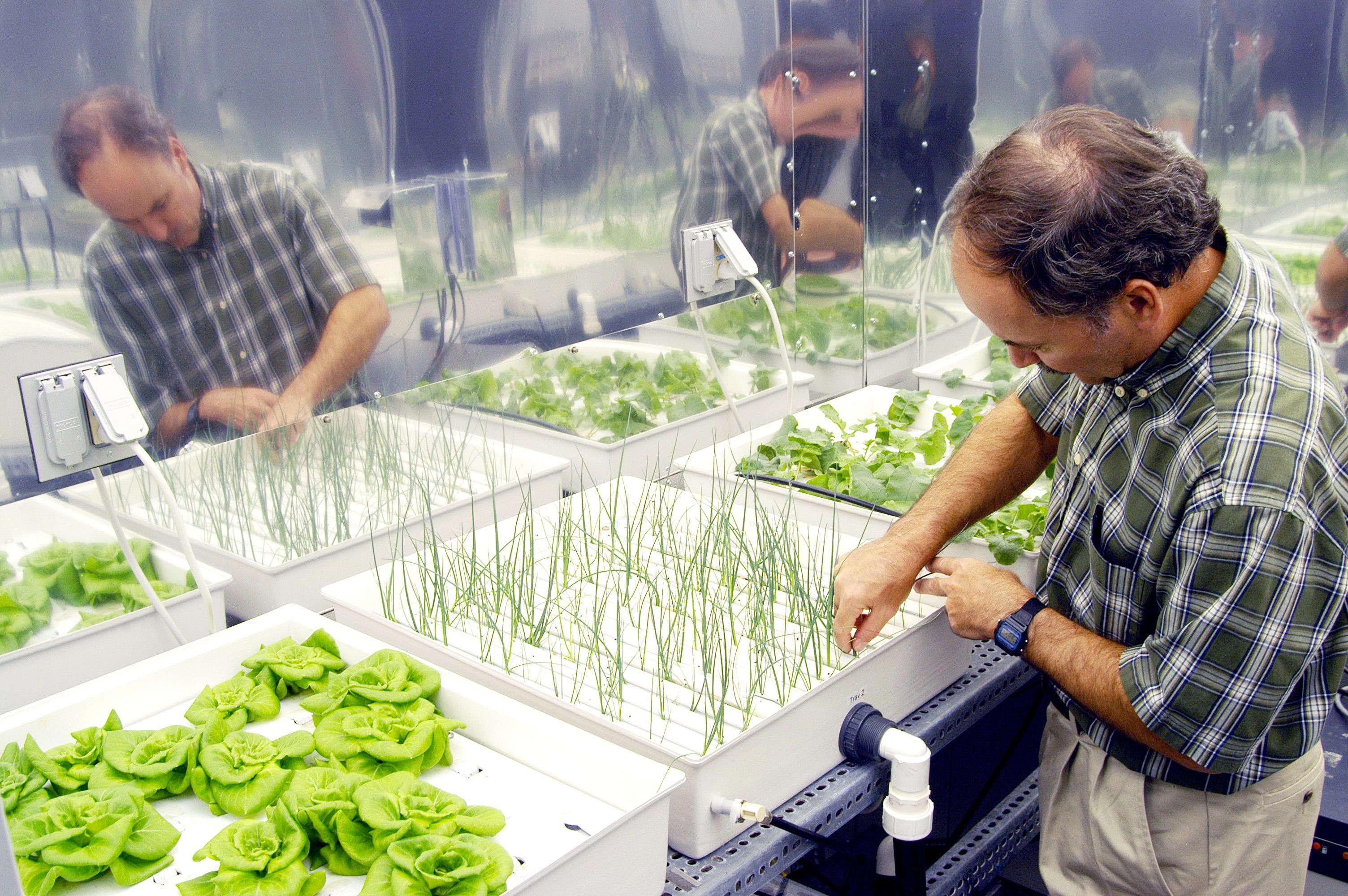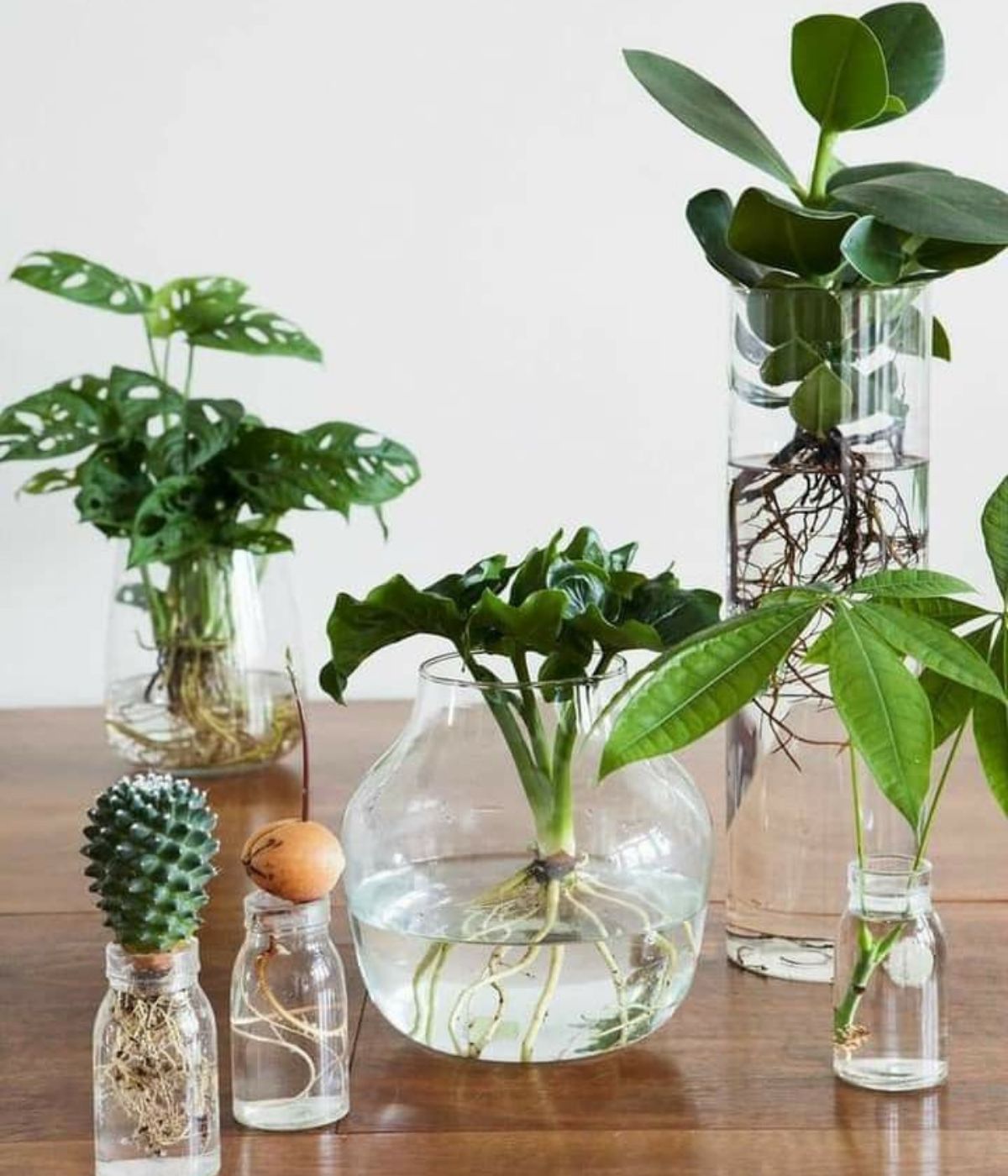Hydroponic plants are grown without soil. They use water and nutrient solutions.
This method is innovative and efficient. Hydroponic gardening is gaining popularity. It allows plants to grow faster and in limited space. Many people are curious about how this system works. In hydroponics, plants receive nutrients directly through water. This eliminates the need for soil.
It’s a method that can be used indoors or outdoors. People use hydroponics for various types of plants, from herbs to vegetables. It’s perfect for urban areas with limited gardening space. Hydroponics offers a new way to grow healthy plants. It’s a fascinating system worth exploring for gardening enthusiasts.
Introduction To Hydroponics
Hydroponics is a way to grow plants without soil. Instead, plants grow in water with nutrients. This method helps plants grow faster. It also uses less water. Hydroponics can be done indoors or outdoors.
Hydroponics has a long history. Ancient civilizations used it. The Hanging Gardens of Babylon might have used hydroponics. In the 20th century, scientists improved the method. Today, many people use hydroponics for farming.
Hydroponic systems are important. They save water. They allow plants to grow faster. They use less space. They can be used in cities. They can help feed more people. Hydroponics is a modern way to farm. It has many benefits.
How Hydroponic Systems Work
Hydroponic systems grow plants without soil. Plants get nutrients directly from water. This method uses less water than traditional gardening. Plants grow faster because they get exact nutrients needed. Clean water and proper light are key. A good balance of oxygen and carbon dioxide helps plants thrive.
| Component | Function |
|---|---|
| Grow Medium | Supports plant roots |
| Water | Provides nutrients |
| Light | Helps plants grow |
| Air Pump | Gives oxygen to roots |
| Nutrients | Essential for plant growth |
Types Of Hydroponic Systems
In NFT, a thin film of nutrient solution flows over the roots. This system provides constant nutrients and oxygen. Plants grow quickly and stay healthy. It is best for small plants and herbs.
DWC suspends plants in water. Roots grow in the nutrient-rich solution. An air pump adds oxygen. This system is easy and cheap. It works well for leafy greens.
Aeroponics uses mist to feed plant roots. Roots hang in air and get sprayed with nutrients. This method saves water and nutrients. Plants grow fast and strong.
The wick system is simple. A wick pulls nutrients from a solution to the roots. No pumps are needed. This system is good for small plants. It is easy to set up and maintain.
Benefits Of Hydroponic Gardening
Hydroponic plants grow without soil, using nutrient-rich water. This method saves space and conserves water. Ideal for urban gardening.
Challenges And Solutions
Hydroponic plants face many challenges. One common issue is root rot. It happens when roots stay wet too long. Another problem is nutrient deficiencies. Plants need a balanced mix of nutrients. Pests can also be a problem. They can damage the plants.
Check the roots often. Make sure they are not too wet. Use a good drainage system. Check the nutrient levels. Adjust them as needed. Keep an eye out for pests. Remove them quickly. Use natural pest control methods. Keep the growing area clean. This helps prevent issues.

Credit: www.nal.usda.gov
Setting Up Your First Hydroponic System
First, you need a hydroponic system. There are many types like Deep Water Culture and Nutrient Film Technique. Next, get a water reservoir to hold the nutrient solution. A submersible pump is needed to move the water. You also need grow lights if you are growing indoors. Don’t forget a pH meter and nutrient solution to keep your plants healthy. Finally, get some net pots and growing medium like clay pellets.
Start by assembling your hydroponic system. Place the water reservoir under the system. Fill it with water and add the nutrient solution. Use the pH meter to check the water’s pH level. Adjust if needed. Place your plants in the net pots and fill with the growing medium. Set up the submersible pump to move water to the plants. Turn on the grow lights if you are indoors. Check the system daily to make sure everything is working.
Choosing Plants For Hydroponics
Leafy greens like lettuce and spinach grow very well in hydroponics. Herbs such as basil, mint, and parsley also thrive. Tomatoes and cucumbers can be good choices too. Strawberries can be grown, but they need more care.
Make sure plants get enough light. Use nutrient-rich water. Check water pH levels regularly. Keep roots moist, but not too wet. Clean the system to avoid diseases. Prune plants to keep them healthy.

Credit: en.wikipedia.org
Maintenance And Monitoring
Plants need a nutrient solution to grow. This solution must have the right balance. Too many or too few nutrients can harm plants. Check nutrient levels often. Make adjustments as needed. This keeps plants healthy and strong.
pH levels are crucial for plant health. The ideal pH range for most plants is between 5.5 and 6.5. Use a pH meter to check levels. Test the solution regularly. Adjust pH using special products if needed. Keeping pH in the right range helps plants absorb nutrients effectively.
Future Of Hydroponic Farming
Hydroponic farming uses advanced technologies to grow plants without soil. Sensors monitor plant health. LED lights help plants grow faster. Automated systems control water and nutrients. This makes farming more efficient. Farmers can grow more food in less space. They can also grow food in places with poor soil.
Hydroponic farming uses less water than traditional farming. It also reduces the need for pesticides. This is better for the environment. Hydroponic farms can be set up in cities. This means food can be grown closer to where people live. This reduces the carbon footprint of transporting food. Hydroponics can help feed more people. It can do this without harming the planet.

Credit: tedsgardens.com
Frequently Asked Questions
What Are Hydroponic Plants?
Hydroponic plants are grown without soil, using nutrient-rich water solutions. They thrive in controlled environments and can produce high yields. This method is efficient and conserves water.
How Do Hydroponic Plants Grow?
Hydroponic plants grow in nutrient-rich water instead of soil. Their roots are directly exposed to the solution, absorbing essential nutrients. This method allows for faster growth and higher yields.
What Are The Benefits Of Hydroponics?
Hydroponics offers several benefits: faster plant growth, higher yields, and efficient water usage. It also reduces the risk of soil-borne diseases and pests.
Can I Grow Hydroponic Plants At Home?
Yes, you can grow hydroponic plants at home. Many starter kits are available for beginners. They are easy to set up and maintain.
Conclusion
Hydroponic plants offer a sustainable way to grow food. They use less water and space. This method suits urban areas with limited soil. Hydroponics can also reduce pesticide use. Fresh, healthy produce is possible year-round. Starting a hydroponic garden is simple and rewarding.
Experiment with different plants and systems. Embrace this innovative approach to gardening. Hydroponics is a smart choice for the future. Enjoy growing plants in a cleaner, greener way.

My mission is to help you bring the beauty of nature indoors with expert advice, detailed plant care guides, and creative design ideas.





Leave a Reply